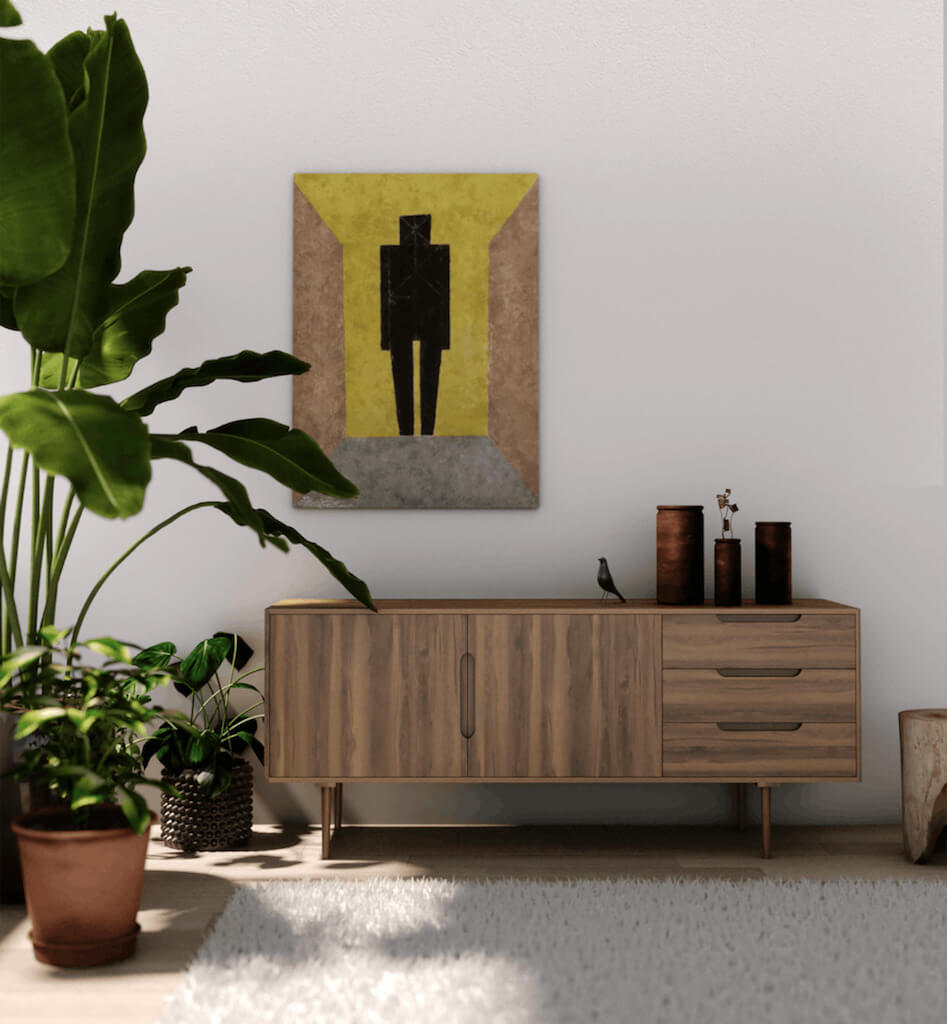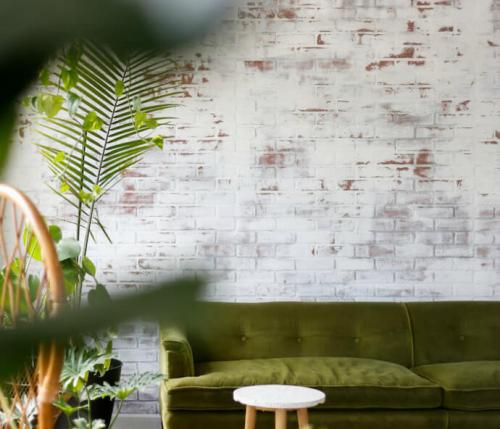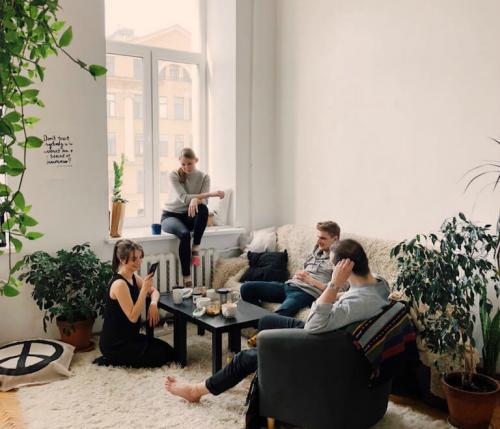There has never been a more relevant period in our history to consider upcycling when it comes to interiors. Sustainability has NEVER been more important.
Climate change and the damaging effects the population are inflicting on the environment are forcing the issue, highlighting the fact that we need to transition towards a sustainable future, fast.
That goes for energy, manufacturing, food, buildings, infrastructure and more. The amount of plastic waste in our oceans is criminal. Life across the globe needs a shake up if we are to save our planet.
Well the good news is that there are lots of things we can do to live more harmoniously with earth and that includes the way in which we style our homes. Interior design and sustainability are no longer mutually exclusive.
Eco-friendly design makeovers are the future. Here are 5 pointers to make interior design more sustainable.
1. Buy vintage and antique
According to interiors journalist, Kate Watson-Smyth, there’s nothing more sustainable when it comes to interiors than buying antique furniture. In her recent blog on 10 reasons you need to bring brown furniture into your home, Kate waxes lyrical about the beauty of antique brown furnishings and how they provide the perfect juxtaposition for modern interiors.
Jasmine Hemsley, author, chef, and nutrition and wellness expert, says second-hand treasures for the home are unique, exciting and an eco-friendly option when it comes to decorating the home. See some of Jasmine’s top tips for decorating the home sustainably here.
Design tips for sustainable interiors
Here 5 pointers to make interior design more sustainable
2. Invest in classic well-made furniture that lasts
Forget fads and avoid cheap poorly-made furniture. It won’t last and replacing it every time it falls apart will end up costing you nearly as much as if you invested in a sturdy, bespoke piece of furniture in the first place.
Bespoke furniture is an investment, but invest wisely and it will be built to last and look great for many years to come. The big plus with bespoke furniture is the fact that you don’t have to compromise on design, shape, colour or size – you get to pick everything about it to make sure it fits in with your interior perfectly.
3. Repurpose and re-use
To get fully behind sustainable principles when it comes to interiors, be extra careful about what you throw away. Can an old lampshade be recovered? Can threadbare furnishings be reupholstered? Move artwork around to give it a new lease of life. Recover your headboard to transform your bedroom. Why buy new when you don’t have to?
Lifestyle design coach, Kelly Anderson, helps people to live simply and naturally, while respecting nature and our planet. For some tips on repurposing, check out her blog, How to Repurpose & Reuse what you already have when decorating your home.
4. Buy interior objects made from recycled materials
If you really must buy new things for your home interior at least make sure they are made from recycled materials. There is now a whole movement of architects, designers and artists who transform waste into luxury objects for the home from eco conscious furniture, lighting, art and décor. Sachie Muramatsu makes flower lamps from paper.
If we think carefully about every purchase we make for the home, we can make a real difference to the environment.
5. Go minimalist
Annie Leonard, former Greenpeace employee and founder of The Story of Stuff is campaigning to change our consumption-crazed culture. The Story of Stuff has released nine award-winning films looking at all aspects of life and how we use too much, buy things which are toxic, and don’t share very well. More than 40 million people have viewed Leonard’s online movies about the way we make, use and throw-away "stuff" in our lives.
Let’s face it, we all have heaps of ‘stuff’ in our homes that we don’t really need. Decluttering has long been seen as not only a process to give you more physical space in the home, but also as a means to focus the mind and stimulate creativity – there are actually psychological benefits to decluttering.
Marie Kondo, a Japanese cleaning consultant, has become a household name when it comes to decluttering, presenting her revolutionary decluttering ideas as "the KonMari method".
Her bestselling book, The Life-changing Magic of Tidying Up teaches a category approach to decluttering (rather than room by room) and is all about discarding items that no longer have any personal value.
Brigid Moss tried the KonMari Method and found great joy giving away a Rob Ryan vase she wasn’t in love with to a friend who adored it. She found it a heart-warming and liberating experience.
Let’s face it minimalist interiors look good. They are calm, serene and can be just as interesting as a room full of clutter. The simple fact is we just don’t need as much stuff.




 Workspace Design Show: 2024 UK Edition
Workspace Design Show: 2024 UK Edition  Open-air elegance: Claudio Bellini x Higold, the symphony of outdoor design
Open-air elegance: Claudio Bellini x Higold, the symphony of outdoor design  A stylish oasis for outdoor spaces
A stylish oasis for outdoor spaces  How to capture your property's best features
How to capture your property's best features